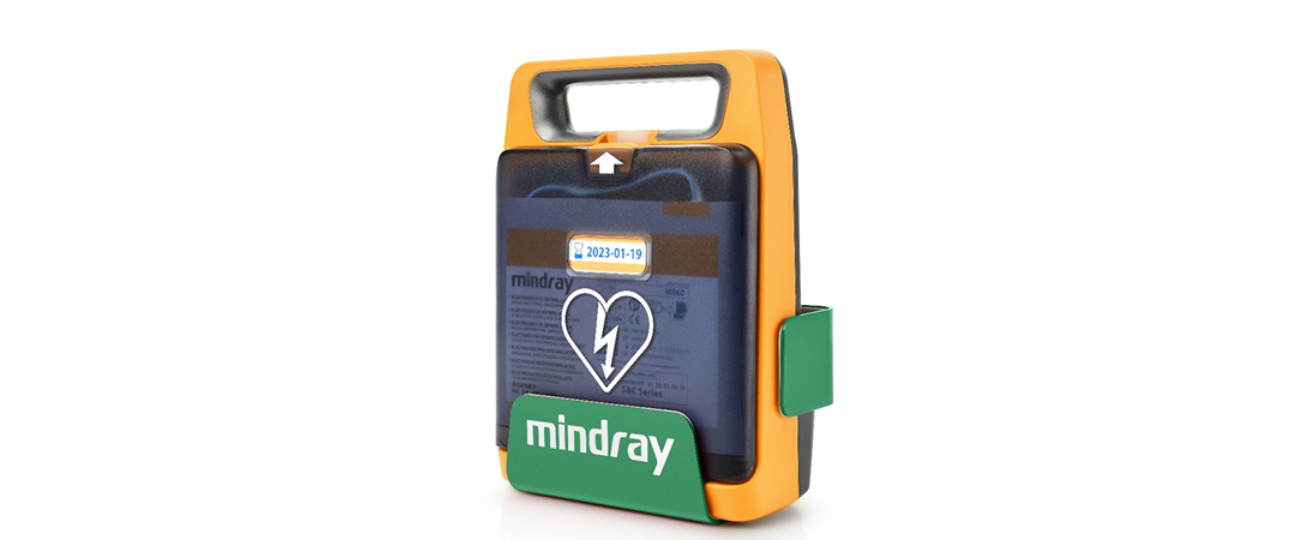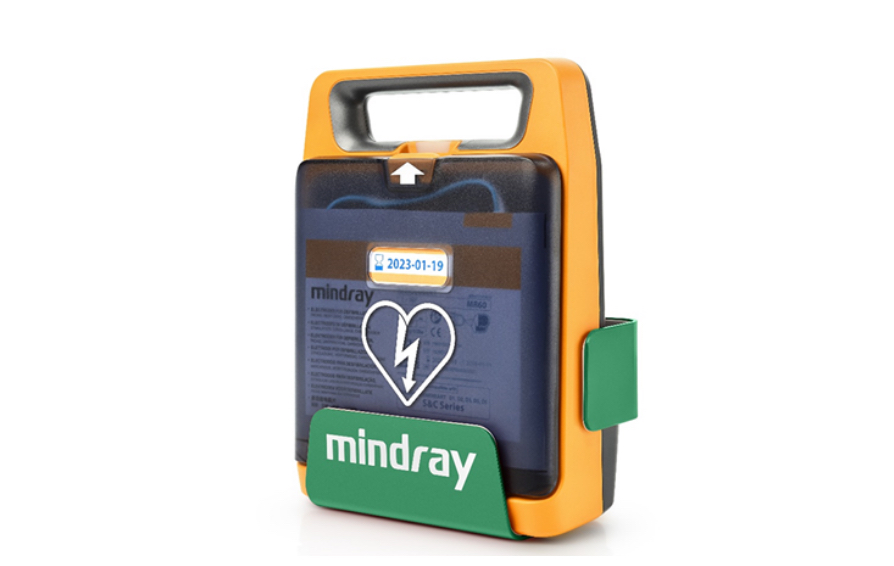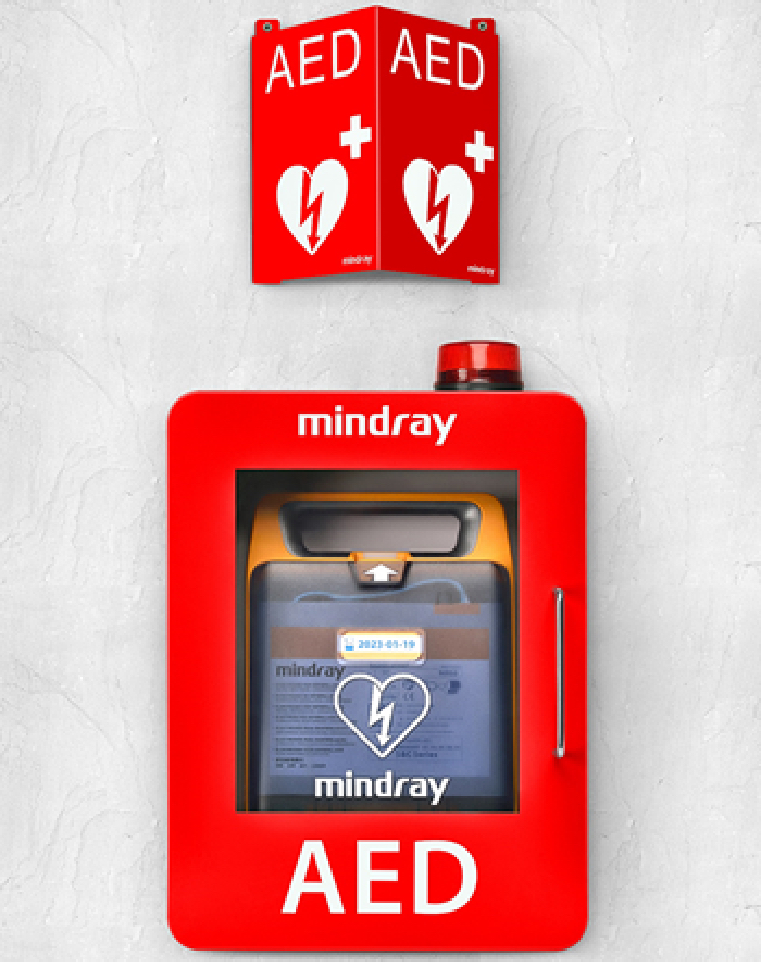The importance of an automated external defibrillator (AED) is well-known as this easy-to-use device analyzes the heart rhythm and, if necessary, delivers defibrillation or an electric shock to help re-establish healthy rhythm of the heart. The best way to have AED ready at all times is to keep it on the AED wall bracket. Why are brackets necessary, you wonder? The primary objective of this post is to demonstrate why these brackets are crucial.
Easy access for prompt reaction
The most important reason to why install an AED wall bracket is the ease of access for a prompt reaction. Cardiac arrest can happen in a second, and a patient's survival depends on how fast AED is employed to save their life. Evidence shows that cardiac arrest is a treatable condition, and early AED defibrillation before EMS arrival seems to nearly double a patient's likelihood of survival [1]. What’s more, figures reveal that about 1,700 lives per year in the United States alone are saved by bystanders using AED. The biggest problem here is that most people do not know where to look for AED in public locations [2].
The longer it takes for someone to find an AED, the lower the odds of a patient's survival. Survival rates of sudden cardiac arrest drop by around 10% every minute without defibrillation. That's not just in public settings, though. Hospitals and clinics have a lot of "traffic" due to the constant movement of patients and staff. In urgent situations, it can be particularly difficult to locate AED and administer them properly. That’s where AED wall mount bracket steps in: this simple wall bracket ensures AED is easily accessible because staff sees it all times and is able to reach it whenever necessary. This allows them to react in a timely manner and save a patient's life.

Raising awareness of AED importance
The significance of AED lies in the fact it strengthens the chain of survival thanks to its primary function to restore normal heart rate. You see, when a person suffers sudden cardiac arrest, the chance of survival lowers by 7% to 10% for each minute that passes without defibrillation [3].
Unfortunately, the importance of AED is largely overlooked. Installing the AED wall bracket helps raise awareness of the true value of defibrillation and portable AED. As a result, people will be more eager to learn how to use it properly. The reason is simple: we do not pay attention to things that we don't see immediately. Out of sight, out of mind. Keeping AED at a visible place on the bracket or in the AED wall cabinet, it can be easy to motivate others to recognize the true importance of these devices.
Saves space
Clutter increases stress and decreases productivity. This is not just a home décor talk but a fact that can be applied to every aspect of our lives, whether it is an office or hospital and clinic. Cluttered spaces also prevent us from reacting properly to save someone's life. How? The answer is down to the fact we can't manage to find anything in messy environments. You don't know where to begin looking for something, and when clutter is everywhere you look, it is almost impossible to figure out the next step. That's why hospitals and clinics keep everything as neat as possible.
The position of AED should not be an exception, regardless of the building or the environment where it is located. When you install the AED wall bracket and move the device to a designated place, there is room for something else you need at hand. In other words, a simple thing, such as a bracket, can save space and make it more dynamic. It's simple as that. Of course, not every wall bracket is equal. Some are more space-saving than others. For example, the Mindray AED wall bracket with the mounting kit is green and easily noticeable, but at the same time, its dimensions allow it to make the whole area appear bigger and neater.
Conclusion
The benefits of AEDs are numerous and well-known, but to get the most out of these devices, it is necessary to ensure they are easily reachable at all times. Thanks to the AED wall bracket, it can be easy to reach and use AED, prevent damage, save space, and even educate others about the importance of these lifesavers. It is also important to mention that installing the wall bracket designated for AED looks more professional as well. The device like this needs to have its own space to be ready to save someone’s life whenever it is required.
References
[1] Survival After Application of Automatic External Defibrillators Before Arrival of the Emergency Medical System. Journal of the American College of Cardiology Volume 55, Issue 16, 20 April 2010, Pages 1713-1720. Available at: https://www.ncbi.nlm.nih.gov/pmc/articles/PMC3008654/#S17title (Accessed: 27 February 2020)
[2] Cardiac arrest survival greatly increases when bystanders use an automated external defibrillator.(2018). [online] American Heart Association scientific journals. Available at: https://newsroom.heart.org/news/cardiac-arrest-survival-greatly-increases-when-bystanders-use-an-automated-external-defibrillator (Accessed: 27 February 2020)
[3] Frequently Asked Questions about AEDs and Public Access Defibrillation Programs. Available at: http://www.acphd.org/media/132141/aed_faqs.aboutaed.pdf (Accessed: 27 February 2020)

